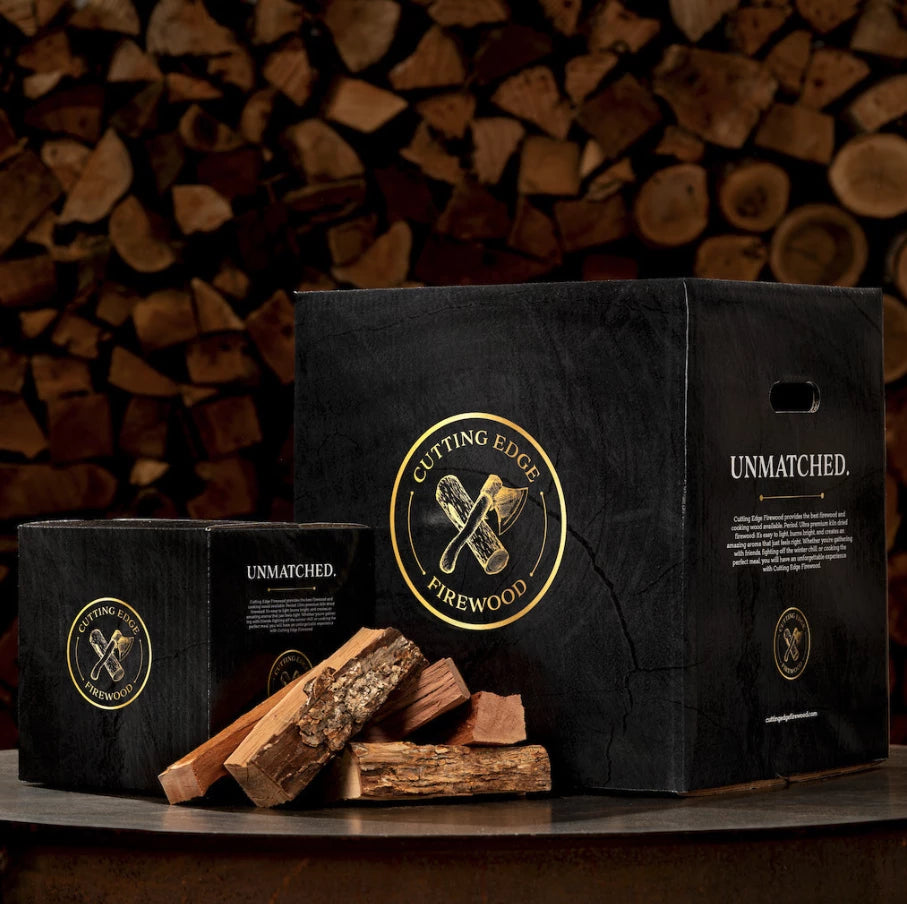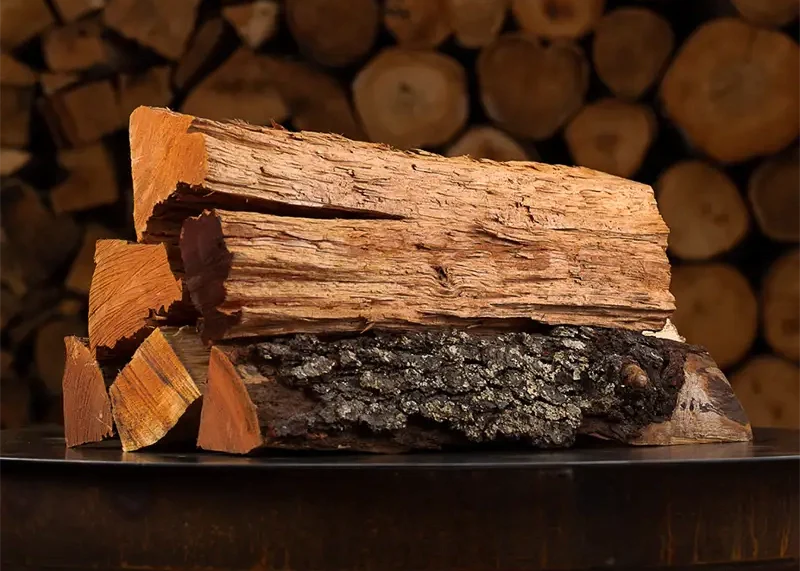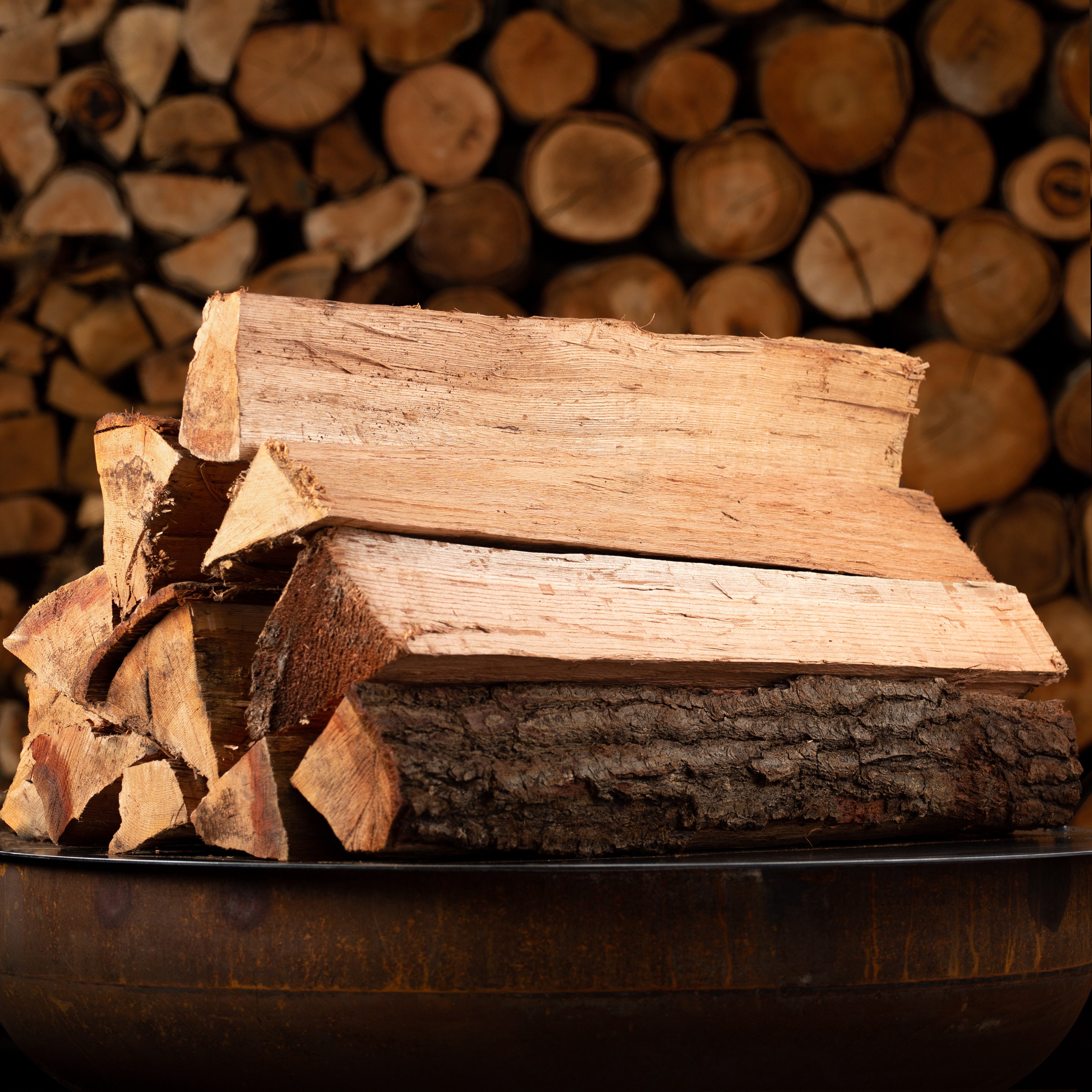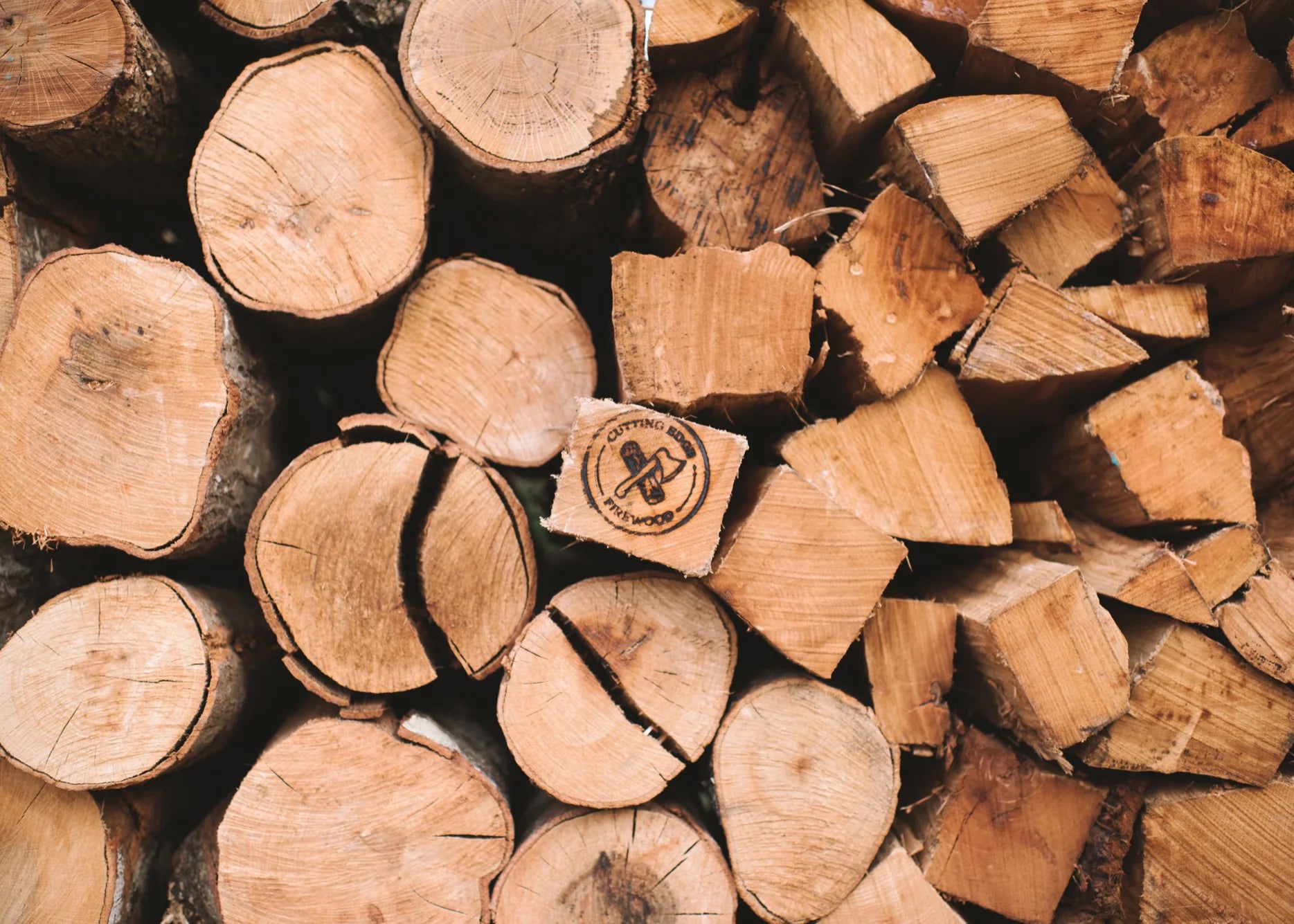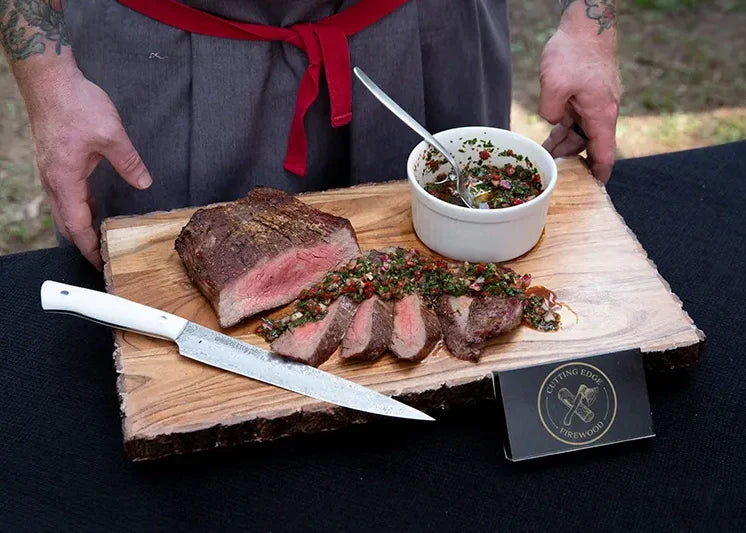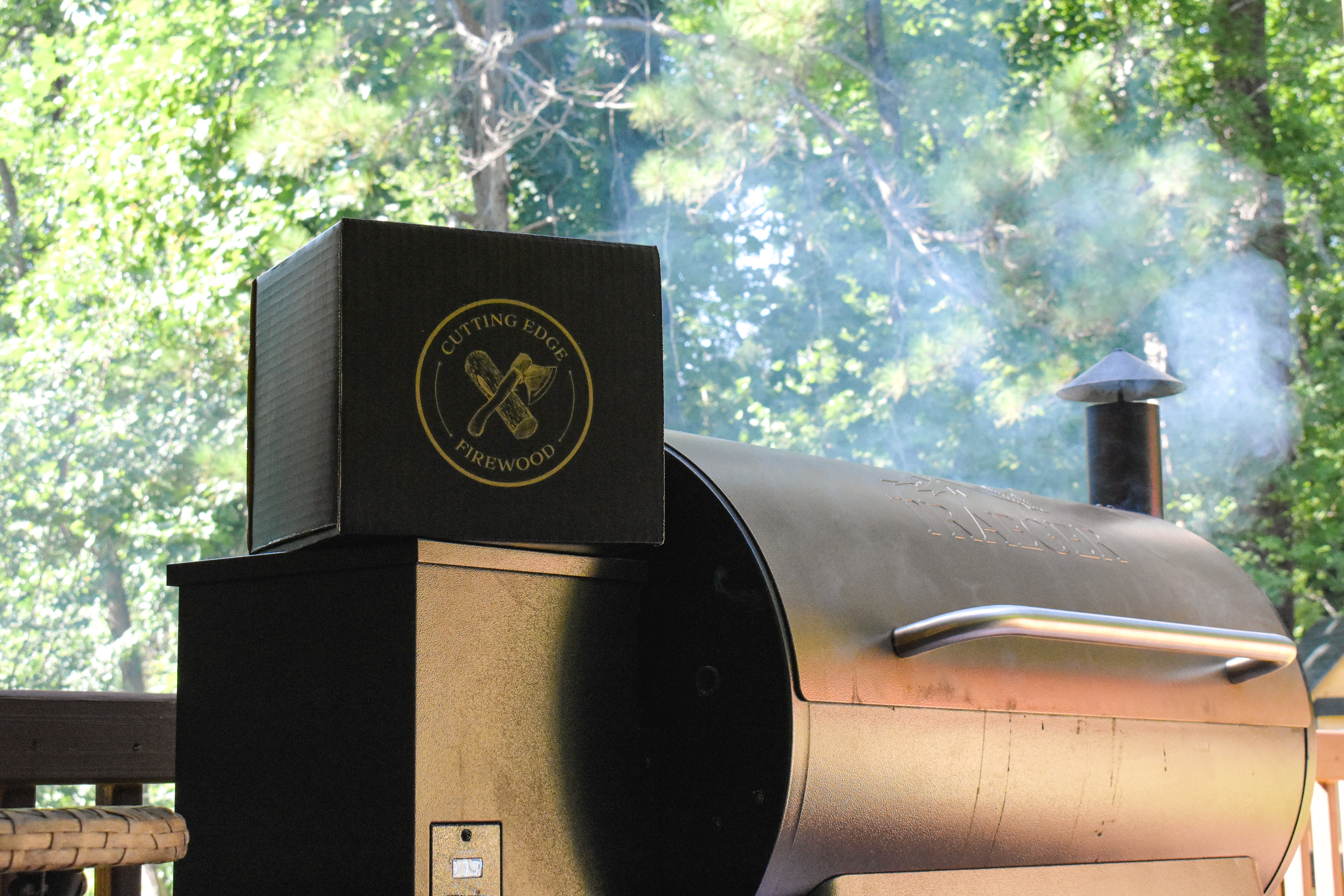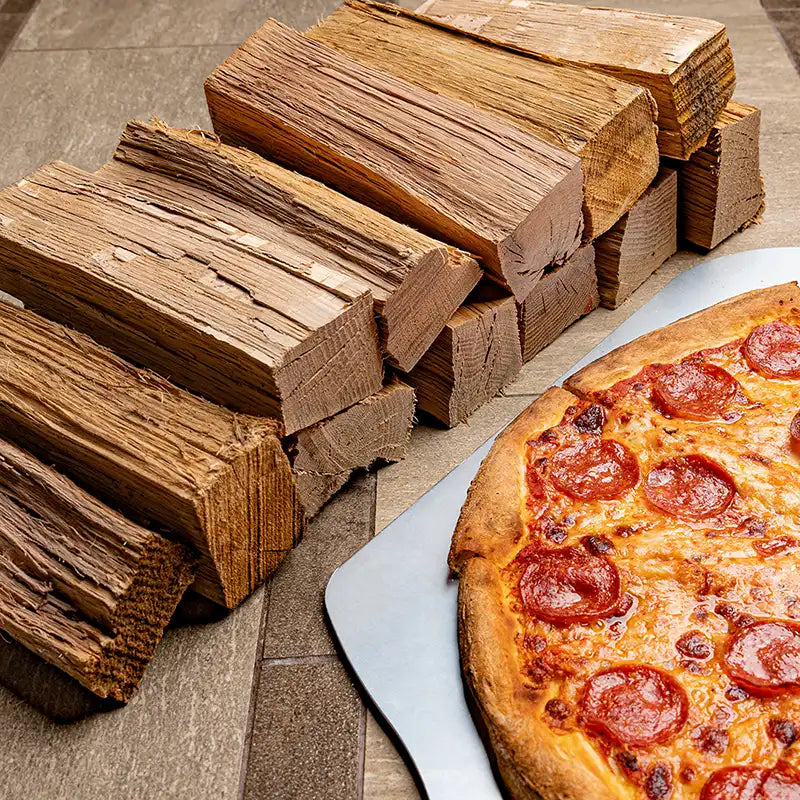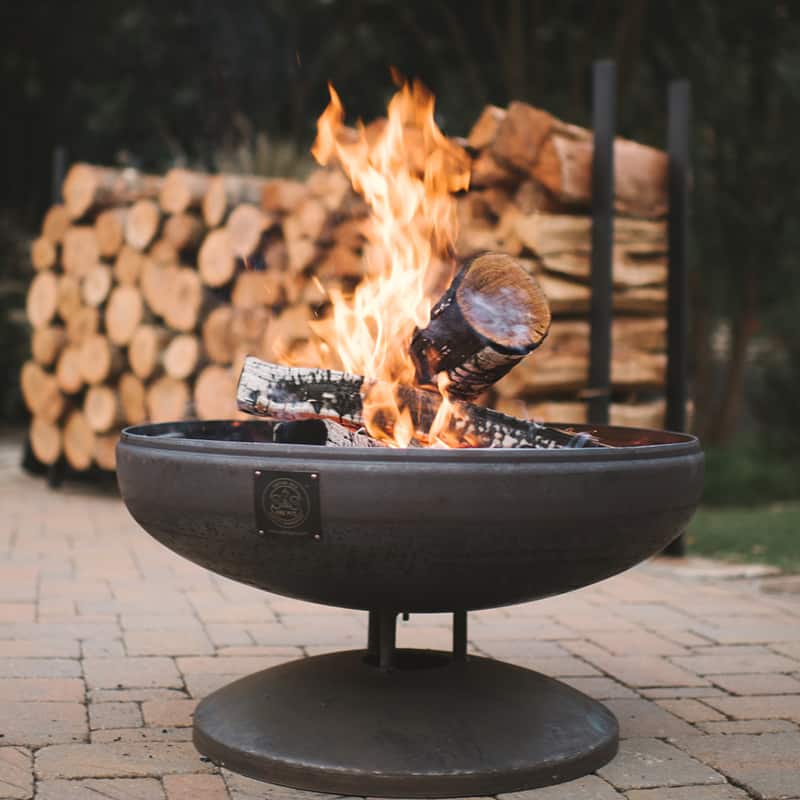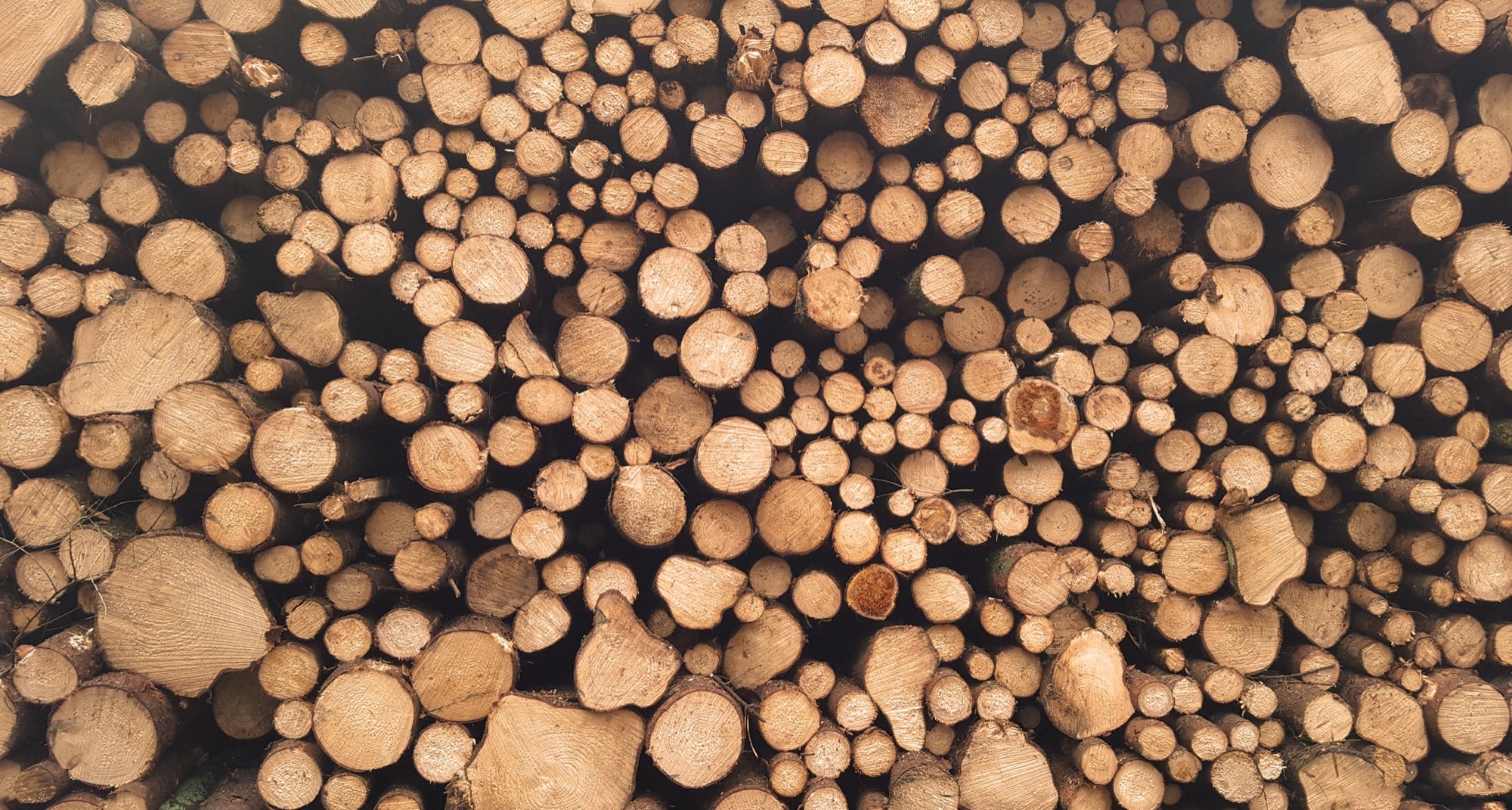Fire. Mankind has depended on it for light, security, warmth, cooking, and practically every area of life and survival since our earliest ancestors learned how to control this seemingly magical substance.
Even in our modern world, everything from family camping trips, to backyard fire circles, beach bonfires, and even a cozy living room on a cold night can depend on that age-old skill that only humankind possesses…starting and controlling fire.
And each of these fires, dating back to the dawn of time, predominantly depended on firewood to burn.
Unlike our earliest ancestors, we now know that a good fire has specific needs in regards to firewood, mainly that it be dry and free of off-putting pollutants. Even then, not all dry wood is going to be equal in creating a safe, efficient, and pleasant fire.
"Green" Wood vs. "Seasoned" Wood
The right firewood can transform an ordinary fire into an extraordinary experience while burning low-quality wood can have unpleasant or hazardous side effects.
The quality of your firewood can transform your experience into memories that are either amazing or miserable. Often the determining factor of this experience rests largely in the moisture content and preparation of the wood.
“Green” wood is that which has been freshly or recently cut from live trees and has not been allowed to dry at all. Green wood still contains most or all of its sap (which, in turn, is 95-99% water).
This abundance of moisture makes the wood extremely difficult to light, or keep lit, and greatly diminishes the amount of heat that a fire can produce. Most of the fire’s energy is used up in converting the water to steam instead of emanating warmth. Green wood, when it burns at all, tends to produce an acrid, bitter smoke, and contributes to the dangerous build-up of creosote, a highly flammable goo, on the inside of stovepipes and chimney flues.
Seasoned firewood on the other hand has been split, stacked, and allowed to air dry, typically for a minimum of 18 months, allowing a majority of the water content to evaporate, until the moisture drops to 20% or below (20% being the goal, but not always the result, depending on the “how and were” of the storage provided.)
This process, ideally, will make firewood much more burnable. Unfortunately, this “seasoned” wood comes with its own host of issues, as well.
Why You Shouldn’t Use Seasoned Firewood
The main issue with seasoned firewood isn’t that it won’t burn, as it almost certainly will.
The main issue is the quality of the burn and the experience of those around the fire.
The problem comes from the amount of time it takes to “season” wood in a natural environment. Once a tree is cut down, it dies, and like anything dead, it begins to decompose. In the short term, this isn’t an issue. However, over the course of many months, or even years, serious decomposition will begin to set in, and, let’s face it, decomposed wood is really just dirt.
Dirt does not burn cleanly but causes a bitter taste and smell. It also does not burn well (which is why it’s used to put out fires, not to start them).
Also, wood that is seasoned outdoors, or in a poorly sheltered environment is, over time, going to become a host for molds and fungi, neither of which is going to burn well (being most water).
Burning these substances tends to create a “burning garbage” aroma (yuck), and their smoke and caustic vapors can even have detrimental effects on people’s health, especially those with respiratory issues.
The seasoned wood itself, because it’s burning at a lower than ideal temperature, produces more toxic compounds in the air, making it less environmentally friendly.
What Kind of Wood Should You Use?
Your best option for the cleanest, best quality fire is to use kiln-dried firewood.
Kiln drying firewood is a quick and efficient process that reduces more excess moisture than seasoning and destroys any molds, fungus, or insects, leaving you with a pure, dry product for burning.
Kiln-dried wood is easier to light
No matter how long your firewood has been seasoned, its moisture level is nearly always going to exceed that of kiln-dried firewood, making it more difficult to light. Kiln-dried wood is easier to ignite and, once lit, will burn brighter for longer, and with less smoke.
Kiln-dried wood is safer, both for you and for the environment.
By reducing the moisture in the firewood, kiln-drying also reduces toxins and smoke, allowing your fire to burn cleaner and with fewer waste particles being released into the atmosphere. This is important because, according to the Environmental Protection Agency, “breathing in too much smoke can irritate and inflame your lungs and negatively impact your immune system. It can also trigger asthma attacks and other health issues.”
At Cutting Edge Firwood, each piece of firewood is kiln-dried, inspected, and hand-selected by our team to ensure that only premium cuts of wood are being offered to our customers, with a level of consistency that exceeds any other provider in the world.
We also make it easier than ever to order and receive your firewood, with our complimentary white glove delivery service, our delivery artisan network will happily deliver your order to any room in your home.
We also ship our firewood throughout the continental USA.
When it comes to making your own memories with fire, whether you’re out in the woods, on the beach, or in front of the fireplace in your favorite easy chair, don’t settle for less than the best.

